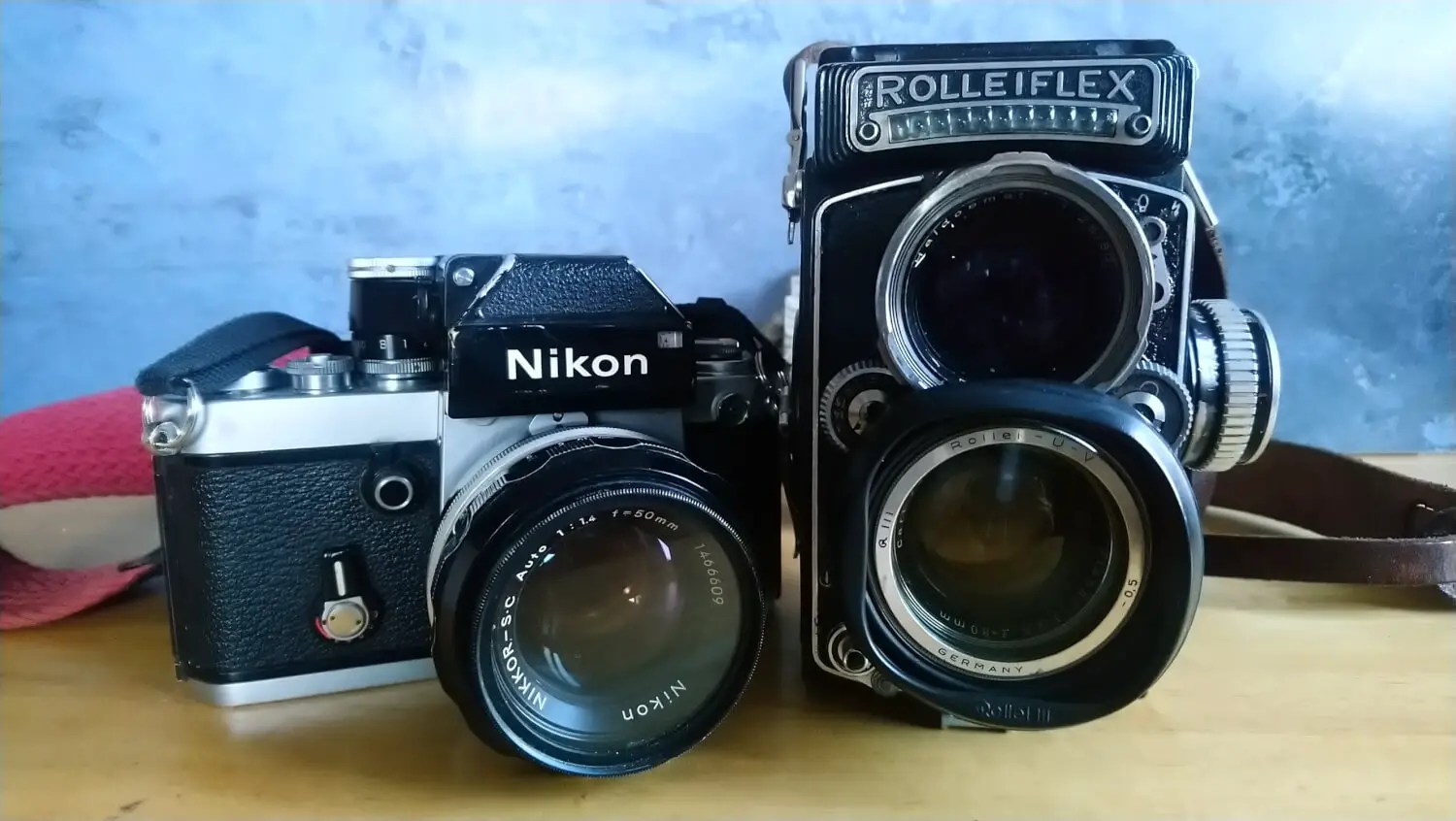On a sunny day in July 2022 while walking through Spitalfields market in London I spied a group of people in the distance. It was then I heard the mellifluous tones I would later come to recognise as music to Tango to.
It was, for me at least, a dream come true. I could get close and potentially get some great images. On getting closer I tried to pick out an image or two among the dancers. Not easy I can tell you when there must have been fifty or so couples swirling and twirling away. It gets mesmerising after a while!
At the break one of the female dancers who I had photographed approached me and asked me to send her a copy. We chatted for a while and I discovered it was Argentine Tango they were dancing and there was a lot of creativity and expression involved.


Soon though, I had to leave, but over the next few days I had developed the film and she was happy with the images. So much so that she offered to post them to the Facebook group for me.
Over the following weeks, I too joined the Facebook group and had seen them dance again. Some of the other dancers had introduced themselves, and I got to know them better. I think that is one of the key things is to show up regularly. That way people get used to you being there and you stand a better chance of getting the shot.
I remember on one occasion when there were so many dancers they were frequently too close! At three feet (approx. one metre) on a 50mm lens you are barely getting any more than just a headshot. That’s fine for portraiture but how can you tell what they are doing?


By summer’s end in early September it was all over. The last dance had taken place in glorious sunshine and I was left with a large pile of images. What should I do with them? Print them? Certainly. But who would print them and in what format?
In the end, I settled on a zine as it meant I could collect and display as many images as possible. I initially settled on 50 but during the selection process, I found I was trying to make up the numbers. This is a pitfall to avoid as lesser work ends up getting in when it really shouldn’t. So 40 images it was.


Once the selection was made, I needed to correct the images for printing. This is another pitfall known as the difference between projected light and reflected light. Each image is different but it basically boils down to images will be darker on paper if not corrected.
Sometimes you get lucky and an image will require little alteration, but sometimes it will take several attempts. This was my work so patience would be rewarded in the end. The next stage is the order of the images. How do I want them to flow? This is a tricky concept to pin down and everyone has their own opinion.


And then comes the printing. I decided on a UK-based company called Doxzoo which I had used before. They do a decent job at an affordable price (my zine cost less than £10 and due to economies of scale, they cost less the more you print). Side note: I had once used Blurb but the shipping fees from the States doubled the price, making the zine cost as much as a high-end photobook.
Doxzoo’s software is easy to use, and I had soon ordered a print proof. I’m glad I did, as I didn’t like the finish finding the images a little flat. With a few tweaks, the second time around was much more to my liking. And that, broadly speaking, is how I made my zine.
Each stage requires more work than you think (you are looking at tens of hours for the editing stage alone) but seeing, and handling, a zine full of images I had taken is something wonderful and I encourage everyone to do so with their own photos.

All images were made using a Nikon F2 with a 50mm F/1.4 lens and a Rolleiflex 2.8E. The film stocks used in the above images are; Silberra Pan 160 (one of the last rolls I have left), ILFORD FP4 PLUS, and Kodak Tri-X 400, all films were shot at box speed.
~ James
Share your knowledge, story or project
The transfer of knowledge across the film photography community is the heart of EMULSIVE. You can add your support by contributing your thoughts, work, experiences and ideas to inspire the hundreds of thousands of people who read these pages each month. Check out the submission guide here.
If you like what you’re reading you can also help this passion project by heading over to the EMULSIVE Patreon page and contributing as little as a dollar a month. There’s also print and apparel over at Society 6, currently showcasing over two dozen t-shirt designs and over a dozen unique photographs available for purchase.








2 responses to “Tango Dancers, Or the story of how I made a zine”
Hi Adam, yes it is. I believe I have sent you a message on insta.
Is the zine available to buy?